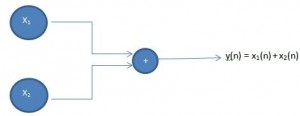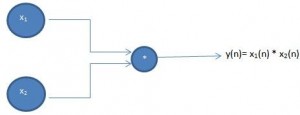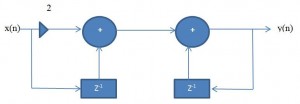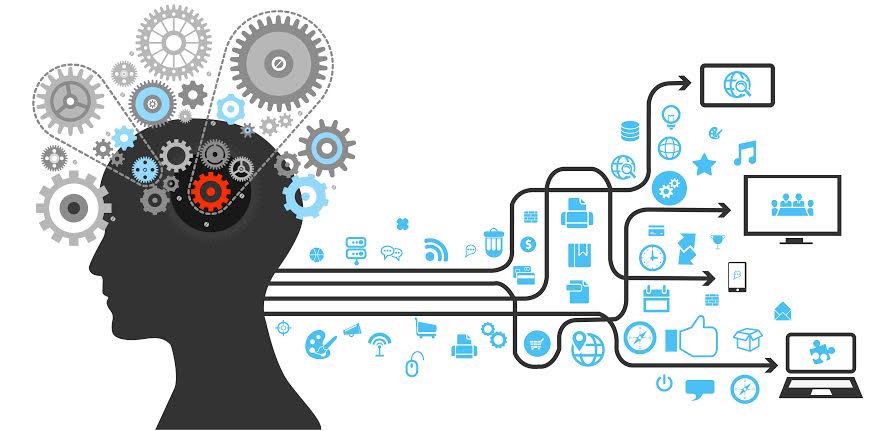In the previous tutorial we learnt about the Sampling Process, Discrete-time signals, their classification and also had an idea about transformation of discrete-time signals. These topics are the most basic and important entities of DSP. Now we will be studying about the systems which process these signals to give the desired form of output signals.
What we are going to learn in this tutorial:-
Discrete-time Systems
Classification of Discrete-time Systems
Discrete-time systems
Discrete-time systems, “A set of connected parts or models which takes discrete-time signals as input, known as excitation, processes it under certain set of rules and algorithms to have a desired output of another discrete-time signal, known as response”. In general, if a there is excitation x(n) and the response of the system is y(n), the we express the system as,
y(n) = T [x(n)]
Where, T is the general rule or algorithm which is implemented on x(n) or the excitation to get the response y(n). For example, a few systems are represented as,
y(n) = -2x(n)
or, y(n) = x(n-1) + x(n) + x(n+1)
Block Diagram representation of Discrete-time systems
Digital Systems are represented with blocks of different elements or entities connected with arrows which also fulfills the purpose of showing the direction of signal flow,
Some common elements of Discrete-time systems are:-
- Adder: It performs the addition or summation of two signals or excitation to have a response. An adder is represented as,

- Constant Multiplier: This entity multiplies the signal with a constant integer or fraction. And is represented as, in this example the signal x(n) is multiplied with a constant “a” to have the response of the system as y(n).
- Unit-delay element: This element delays the signal by one sample i.e. the response of the system is the excitation of previous sample. This can element is said to have a memory which stores the excitation at time n-1 and recalls this excitation at the time n form the memory. This element is represented as,
- Unit-advance element: This element advances the signal by one sample i.e. the response of the current excitation is the excitation of future sample. Although, as we can see this element is not physically realizable unless the response and the excitation are already in stored or recorded form.
Now that we have understood the basic elements of the Discrete-time systems we can now represent any discrete-time system with the help of block diagram. For example,
y(n) = y(n-1) + x (n-1) + 2x(n)
The above system is an example of Discrete-time system involving the unit delay of current excitation and also one unit delay of the current response of the system. This system can be said to be a Dynamic System, but as we don’t know anything about the classification of a discrete-time system, we are going to learn about the classification of systems to have a better understanding of discrete-time systems.














Post Comment
You must be logged in to post a comment.